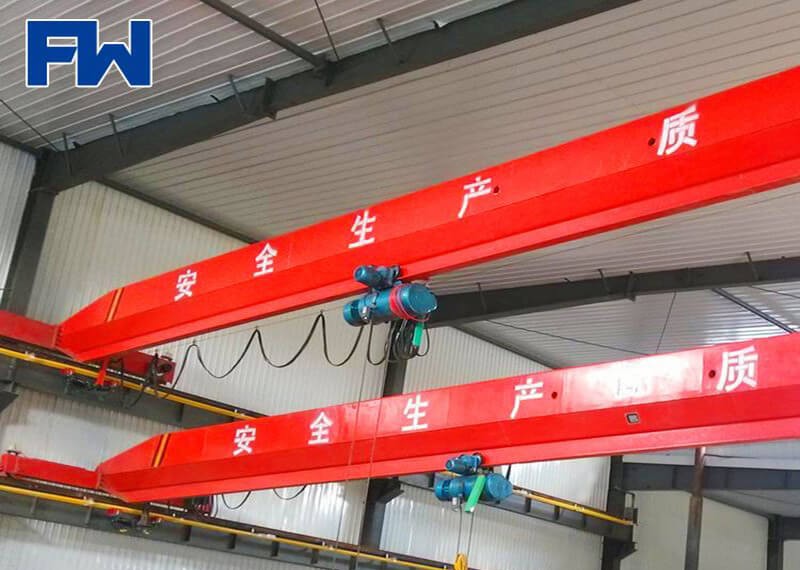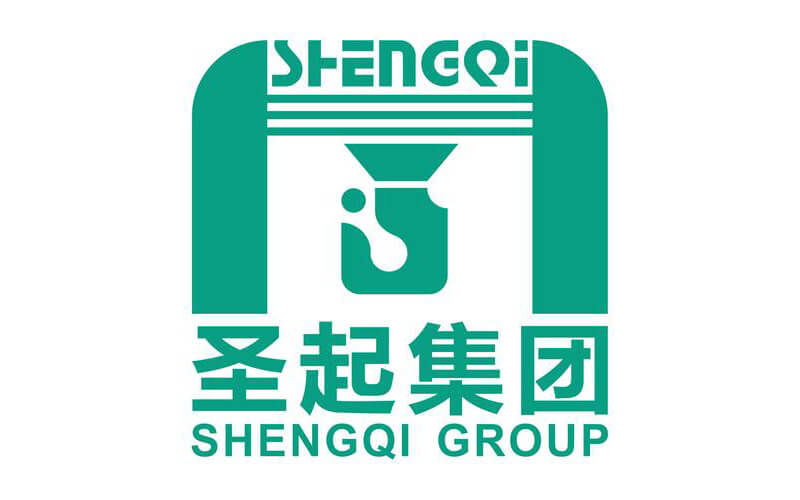
Reasons for torsional jitter of bridge-type single-girder cranes
After a period of use of the bridge-type single-girder crane, some users may find that the crane twists and shakes when it starts or stops, which will cause adverse effects on the crane equipment. So what is the reason for the torsion of the bridge-type single-girder crane? What impact will it have on the lifting crane? Let's introduce it to you.
The reasons for the torsion of the bridge-type single-girder crane may be as follows:
1. There is a wear gap between the crane motor and the reducer. For example, the gear of the gear coupling and the gear of the reducer and their combination keys are loose, and the gap between the connecting bolt and the hole of the transmission shaft is worn out;
2. The combination key of the crane wheel is loose;
3. A certain wheel of the crane does not rotate smoothly. The reason for this situation is that the backing plate fixing the wheel bearing seat is not correct, which makes the bearing clamping inflexible, and the wheel stops first when parking;
4. The braking torques of the brakes on both sides of the respectively driven cranes are inconsistent. When parking, one braking wheel has stopped, and the other is still rotating.
5. For cranes driven separately, the parameters of the two motors are not matched, resulting in asynchrony.
6. The difference between the tightness of the two brakes is too large.
If the single-girder bridge crane is twisted, it may cause the following effects on the equipment:
1. The main beam (load-bearing beam) of the crane is deformed. Because one side of the bridge leads and the other side lags at the same time, at the moment of rebound, the leading side lags behind, and the lagging side is leading. In this way, the front and back oscillates and twists, causing plastic deformation or cracking at the connection between the bridge frame and the beam.
2. The transmission and braking parts are worn. Due to the overall torsion of the crane, the wheels on both sides rotate accordingly, so that the transmission and braking components of the crane are repeatedly impacted for many times, and the wear of the combined parts such as gears and keys is accelerated. Severe torsion also has the risk of breaking the drive shaft.
If there is a twisting and shaking problem during the use of the bridge-type single-girder crane, it should be solved in time according to the cause, and the production operation can be carried out after ensuring that the operation is normal, so as to avoid causing greater consequences.


